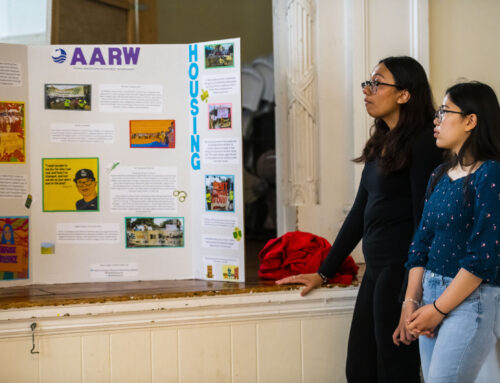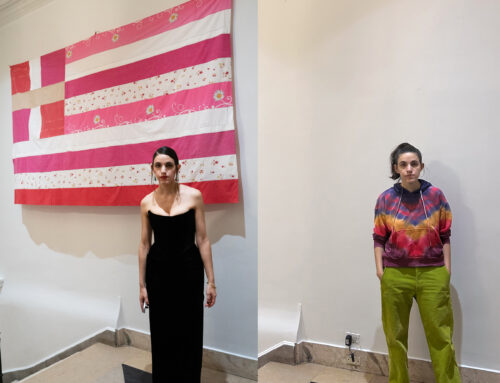
On Sunday, April 25, the hair and makeup team for Netflix’s Ma Rainey’s Black Bottom made history at the 93rd Academy Awards. The team includes Mia Neal, Jamika Wilson, and Sergio Lopez-Rivera, making their win the first time Black women were victorious in the Best Makeup and Hairstyling category. For a film that required transforming the magnificent Viola Davis into a woman who was once considered the ugliest female force in showbusiness, the Oscar is well deserved.
Ma Rainey, born Gertrude Pridgett in 1886 in Columbus, Georgia, is known as the “Mother of Blues.” She made a living performing with her husband in tent shows and cabarets in the South, but it wasn’t until she incorporated authentic country blues into her repertoire that her career made the history books. “Her ability to capture the mood and essence of Black rural southern life of the 1920s quickly endeared her to throngs of followers throughout the South,” wrote Daphne Harrison in Black Pearls: Blues Queens. Ma Rainey began recording with the Paramount label in 1923, and her songs were immediate hits with Southern audiences. The Netflix film, which won in both the Best Makeup and Hairstyling and Best Costume Design categories and is based on August Wilson’s play, follows one recording session of Ma’s that revealed the troubles she faced as a Black female musician in the 1920s. In the film, she knows that her white manager and producer only care about her voice. Without it, she is seen as “just a dog in the alley.”
Mia Neal and Jamika Wilson were the first Black women to be nominated in the category. For a film that needed a tremendous amount of cosmetic work to “erase” the 21st century from the five-time Oscar-nominated Davis (another record held by a Black woman in Hollywood), the nomination alone was historical. Their win was monumental.
“I really can’t believe it,” Wilson said to Vogue. “It’s such an honor and blessing. It wasn’t my goal to be a nominee for an award—it was to go to work and do my best. I’m going to do my best to bring myself back into my body so I can just enjoy the moment.”
“Viola gave us all permission to just really focus on the character, not on Viola,” Neal told Vogue after the team’s nomination. “She wasn’t worried about how she personally appeared on camera. She wanted us to give the same experience to our audience that Ma Rainey had.”

Photo: Courtesy of Mia Neal
Tons of research went into the looks for Davis’ character, the “openly lesbian 1920s-era entertainer” of whom there are less than ten pictures of today. Information on Ma was hard to come by, so the hair and makeup team had to use beauty methods from the Roaring Twenties to nail Davis’ look. They learned that Ma sported wigs made from horsehair, so they imported horsehair strands from England to craft all the wigs in the film by hand. Horsehair was easy to work with, like today’s synthetic hair, and since Ma did her own hair and makeup, it had to be agreeable.
“She couldn’t get serviced in every salon, so she had to have something in her bag that was ready to go for her performance,” Neal said.
Lopez-Rivera, who is Davis’ makeup artist off of the set, too, said that it was important to convey Black women’s lack of access to salons and products. “Her training wheels in stage were in vaudeville. I’m having to fill in the blanks for when and where this woman learned to do makeup. Because there was no access, she had to make a lot of her stuff and apply it herself,” he told Vogue.
Although Rainey was wealthy—she often sported luxurious dresses and furs and owned a large, nice car, as exhibited in the film—she had to rely on do-it-yourself makeup products. Without black eyebrow powder, many Black and Latinx women used the end of a burned wine cork to fill in their brows or line their eyes.
The team’s meticulousness paid off on the night of the Academy Awards when they took home the golden statue for Best Makeup and Hairstyling.
“I want to say thank you to our ancestors who put the work in, were denied, but never gave up. And I also stand here as Jamika and I break this glass ceiling with so much excitement for the future,” Neal said during her acceptance speech. “Because I can picture Black trans women standing up here and Asian sisters and our Latina sisters and Indigenous women, and I know that one day it won’t be unusual or groundbreaking; it will just be normal.”
Ma Rainey’s Black Bottom, which stars Viola Davis and the late Chadwick Boseman, can be streamed on Netflix now.




